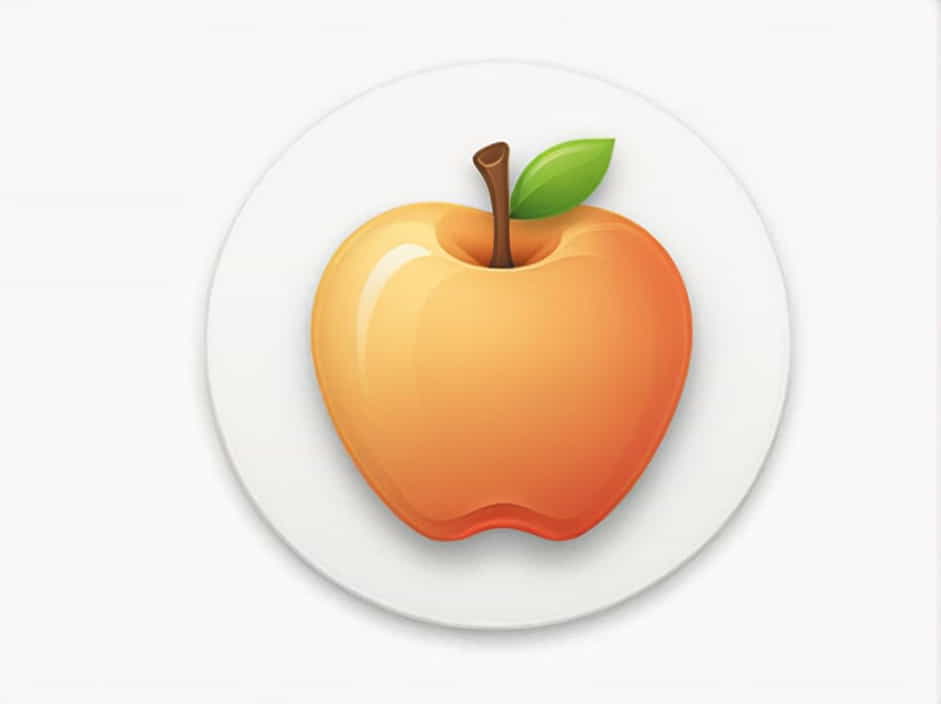Apple pie is a classic dessert loved for its flaky crust, sweet-spiced filling, and comforting aroma. But when making apple pie, one big question arises: Should you precook the apples before baking?
Some bakers swear by precooking apples to get the best texture and flavor, while others prefer using raw apples for a more traditional approach. In this guide, we’ll explore the pros and cons of precooking apples, how it affects your pie, and the best method to achieve a perfect filling.
Why the Apple Filling Matters in Apple Pie
The filling is the heart of any apple pie. A good apple pie filling should be:
✅ Tender but not mushy – The apples should hold their shape while still being soft.
✅ Evenly cooked – No crunchy bits or undercooked apples.
✅ Thick and flavorful – The filling shouldn’t be too runny or bland.
The decision to precook or not affects the final texture, consistency, and overall balance of the pie.
Pros and Cons of Precooking Apples for Apple Pie
✅ Benefits of Precooking Apples
-
Prevents a Soggy Pie
- Precooking removes excess moisture, reducing the risk of a watery filling that makes the crust soggy.
-
Ensures Even Cooking
- Apples cook at different rates in the oven. Precooking guarantees that all the slices reach the perfect tenderness.
-
Reduces Pie Shrinkage
- Raw apples release water as they bake, causing them to shrink. This often creates a gap between the filling and the crust. Precooking minimizes this issue.
-
Enhances Flavor
- Simmering apples with sugar and spices allows them to absorb flavors more deeply, leading to a richer, more delicious pie.
❌ Drawbacks of Precooking Apples
-
Takes Extra Time
- Precooking is an additional step that requires sautéing or simmering the apples before baking.
-
Risk of Overcooking
- If not done carefully, precooking can make apples too soft, resulting in a mushy filling.
-
Less Fresh Apple Texture
- Some people prefer the slightly firmer bite of raw apples in pie.
When Should You Precook Apples?
Precooking is recommended if:
✔️ You want a thick, well-balanced filling.
✔️ You dislike runny or watery pies.
✔️ You’re making a deep-dish pie where even cooking is crucial.
✔️ You prefer a pie that doesn’t shrink too much after baking.
If you enjoy a more traditional, slightly firmer texture, you can bake with raw apples.
How to Precook Apples for Apple Pie
If you decide to precook your apples, follow this simple method:
Ingredients:
- 6-7 apples, peeled, cored, and sliced
- ½ cup sugar (adjust to taste)
- 1 tbsp lemon juice
- 1½ tsp cinnamon
- ¼ tsp nutmeg (optional)
- 2 tbsp butter
- 2 tbsp cornstarch or flour
- ¼ cup water or apple juice
Instructions:
- Melt butter in a large pan over medium heat.
- Add apples, sugar, lemon juice, and spices. Stir to coat evenly.
- Cook for 5-7 minutes, stirring occasionally, until apples begin to soften.
- Mix cornstarch with water, then pour into the apples. Stir until the mixture thickens.
- Remove from heat and let cool before filling your pie crust.
This method creates a flavorful, thick filling that bakes beautifully.
Best Apple Varieties for Apple Pie
Choosing the right apples is just as important as how you prepare them. Here are some of the best apples for apple pie:
🍏 Granny Smith – Tart, firm, holds up well.
🍎 Honeycrisp – Sweet-tart, crisp, juicy.
🍏 Braeburn – Balanced sweetness, firm texture.
🍎 Jonagold – Slightly sweet, soft but holds shape.
🍏 Fuji – Naturally sweet, slightly firmer.
A mix of sweet and tart apples creates a well-balanced pie.
Should You Precook All Types of Apples?
- Firm apples (like Granny Smith) benefit from partial precooking to soften them slightly.
- Soft apples (like McIntosh) should be added raw, as they break down faster during baking.
Alternative Methods to Reduce Excess Moisture Without Precooking
If you prefer using raw apples but still want to prevent a watery filling, try these tricks:
1. Toss Apples with Sugar and Let Them Sit
- Sprinkle sugar over sliced apples and let them sit for 30 minutes.
- Drain the excess juice before mixing with flour or cornstarch.
2. Use Tapioca or Cornstarch as a Thickener
- Instead of flour, use tapioca starch or cornstarch to absorb excess liquid.
3. Bake the Pie Longer
- Extend the baking time slightly to allow the apples to release their juices and thicken naturally.
Final Verdict: Should You Precook Apples for Apple Pie?
It depends on your preference!
- If you want a thick, evenly cooked filling with deep flavor, precook your apples.
- If you prefer a firmer texture with a fresh apple taste, use raw apples but drain excess juice.
Whichever method you choose, using the right apples and a good thickener will ensure a perfect, delicious apple pie every time!
